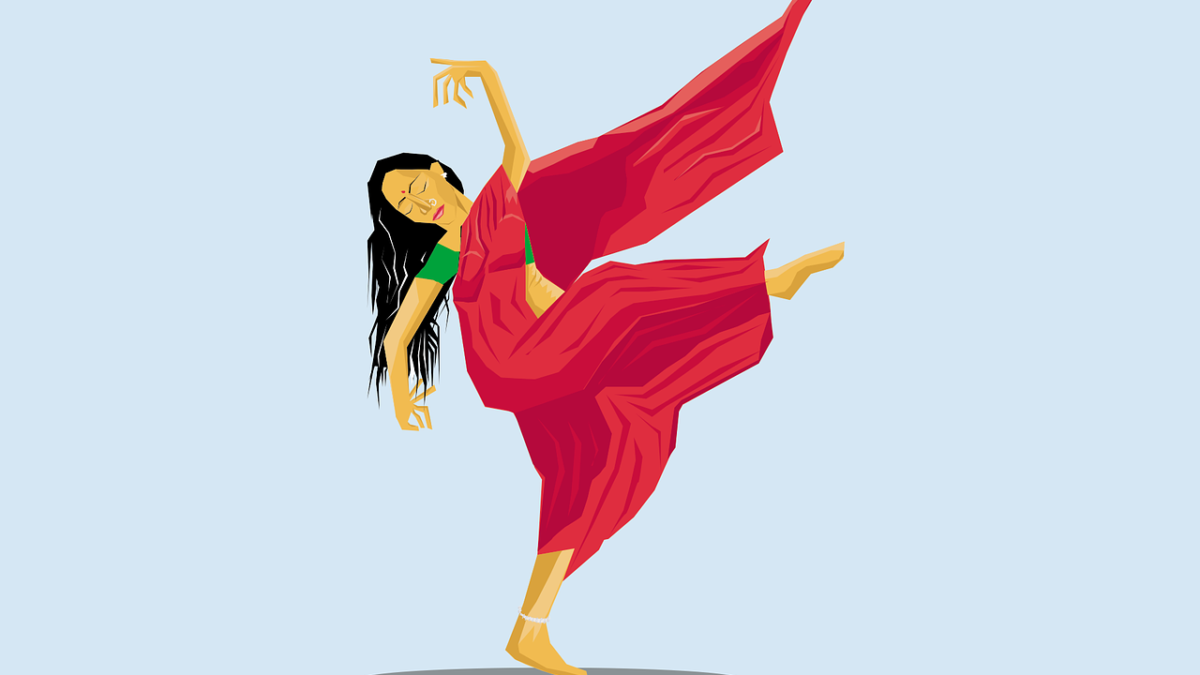Who discovered or started dance in India?
The origins of dance in India can be traced back to ancient texts such as the Natyashastra, which was written by the sage Bharata Muni around 2nd century BCE. This text is considered to be the foundational treatise on Indian performing arts, including dance. It is not known who exactly discovered or started dance in India, as it has been an integral part of the culture for thousands of years.
Who is god of dance?
In Hinduism, the god of dance is Lord Nataraja, also known as Shiva Nataraja. Nataraja is a depiction of the Hindu god Shiva as the cosmic ecstatic dancer. His dance is called Tandavam or Nadanta, depending on the context of the dance. The pose and artwork is usually known as “Lord of the Dance” and is a well-known iconographic representation of Shiva in Indian art. This form of Shiva is considered to be the source of all movement within the universe and represents the cycle of creation and destruction.
Who is father of dance in India?
The sage Bharata Muni is often considered to be the “father of dance” in India due to his authorship of the Natyashastra, an ancient Indian treatise on performing arts that includes dance. The Natyashastra is considered to be the foundational text on the art of Indian dance and is still studied and referenced by dancers and scholars today. Bharata Muni’s text is a valuable source of information on the history and development of dance in ancient India.
How animals and plants dance?
While the term “dance” is typically associated with human behavior, many animals and plants also exhibit movement patterns that could be described as dancing. For example, many bird species perform elaborate courtship dances to attract a mate, and insects such as bees and butterflies engage in complex mating dances. Some species of fish, such as the American cockroach, also engage in courtship rituals that involve dancing-like movements. Even some plants have been observed to move in patterns that could be described as dancing, such as the “dancing grass” or “dancing bamboo” which are known to sway in synchrony with the wind.
It’s important to note that “dancing” in animals and plants is not the same as human dancing, is more like a natural movement to communicate or attract a mate, but it is called “dance” as a way to illustrate the movement patterns.
Tiru Sameer is a Dance Coach, Choreo Specialist, Dance Therapist and Nutrition Consultant.
Sameer is also the founder of Anyone Can Dance (ACD with Sameer) where so many dance aspirants are reaching their dream of Dancing.
With 22 years of experience as a dancer he has trained more than 15 thousand people globally from diversified age groups of 4 years to 77 years. ACD with Sameer Achieved completing 10,000 live hours of live online dance training and becomes best online dance training platform.
Below is the link if you want to register/refer for Dance workshop organising by Sameer every week which is 5 Days workshop
https://learn.tirusameer.com/acd
Heartfelt Gratitude and respect to all my
2700 Facebook Followers – https://www.facebook.com/ACDCOACHSAMEER/
2510 YouTube Subscribers – https://www.youtube.com/channel/UCRBfw-kFZK1LhPC3v5YtpxA
14270 Dancing Aspirants – https://learn.tirusameer.com/acd
1723 Life members/friends of STAR CLUB Community – https://www.facebook.com/groups/188269793161461/?multi_permalinks=336842318304207
27 Twitter Followers – https://twitter.com/ytsameer
1736 Instagram Followers – https://www.instagram.com/ytsameer/?hl=en
Dance lovers who follow my blog: https://tirusameer.com/blog/

